Home>Articles>Temp Of Electric Skillet When Frying Potato Pancakes
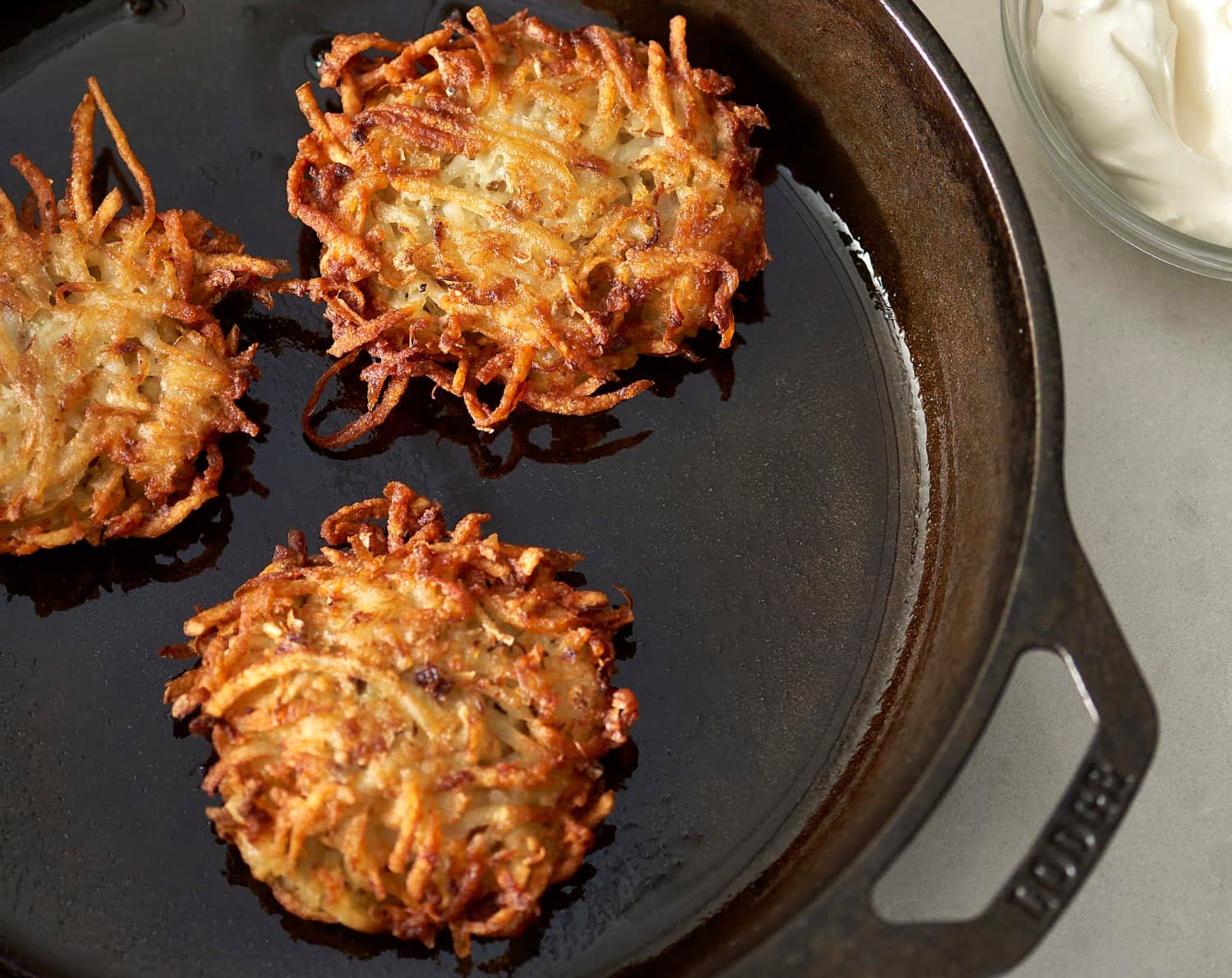

Articles
Temp Of Electric Skillet When Frying Potato Pancakes
Modified: February 27, 2024
Looking for articles about the optimal temperature of an electric skillet for frying potato pancakes? Explore our in-depth guide for all the information you need.
(Many of the links in this article redirect to a specific reviewed product. Your purchase of these products through affiliate links helps to generate commission for Storables.com, at no extra cost. Learn more)
Introduction
Frying potato pancakes, also known as latkes, is a popular and delicious dish enjoyed by many people around the world. The key to achieving the perfect texture and flavor when frying potato pancakes lies in maintaining the right temperature in your electric skillet.
Whether you are a seasoned cook or a novice in the kitchen, understanding the optimal temperature for frying potato pancakes is essential to ensure they come out crispy on the outside and tender on the inside. In this article, we will explore the factors that affect the temperature of an electric skillet and provide you with some helpful tips to maintain the ideal temperature for frying potato pancakes.
Key Takeaways:
- Achieve crispy and tender potato pancakes by maintaining an optimal frying temperature of 350-375°F. Use a sizzle test and consider factors like heat settings, pan material, and pancake thickness for perfect results.
- Preheat the skillet, monitor oil temperature, and avoid overcrowding to maintain ideal frying conditions. Adjust heat settings and remove excess oil for consistently delicious potato pancakes.
Read more: What Temp To Saute Onions Electric Skillet
The optimal temperature for frying potato pancakes
When it comes to frying potato pancakes, achieving the perfect temperature is crucial to create a delectable dish. The ideal temperature for frying potato pancakes is around 350 to 375 degrees Fahrenheit (175 to 190 degrees Celsius). This temperature range allows the pancakes to cook evenly, ensuring a crispy exterior and a tender, fluffy interior.
At temperatures higher than 375 degrees Fahrenheit (190 degrees Celsius), the potato pancakes may cook too quickly, resulting in a burnt exterior and an undercooked center. On the other hand, temperatures lower than 350 degrees Fahrenheit (175 degrees Celsius) can cause the pancakes to become greasy, as they absorb more oil.
It’s important to note that different recipes may have slight variations in the recommended frying temperature. It’s always best to follow the specific instructions provided in your recipe to achieve the best results.
One way to determine if your electric skillet has reached the right temperature for frying potato pancakes is to perform a “sizzle test.” Before adding the pancake batter to the skillet, drop a small amount of batter into the hot oil. If the batter sizzles and begins to brown within a few seconds, it indicates that the skillet is at the right temperature. If the batter doesn’t sizzle or browns too quickly, adjust the heat accordingly to reach the optimal frying temperature.
Factors affecting the temperature of the electric skillet
Several factors can impact the temperature of your electric skillet while frying potato pancakes. Understanding these factors will help you maintain the optimal temperature and ensure consistent and delicious results:
- Heat settings: The heat settings on your electric skillet play a significant role in controlling the temperature. Different models may have different heat settings, so it’s important to familiarize yourself with your skillet’s specific settings. Adjust the heat according to your recipe’s instructions to maintain the desired temperature for frying potato pancakes.
- Pan material: The material of your electric skillet can affect how evenly it distributes heat. Skillets with thick, heavy bottoms tend to distribute heat more evenly, avoiding hot spots that can lead to uneven cooking. Non-stick skillets are also popular for frying potato pancakes, as they require less oil and prevent sticking.
- Oil temperature: The temperature of the oil itself is crucial for frying potato pancakes. It’s important to preheat the oil to the desired temperature before adding the pancake batter. Using a cooking thermometer can help you accurately monitor the oil temperature and make any necessary adjustments.
- Ingredients and thickness of the pancakes: The ingredients used in the pancake batter and the thickness of the pancakes can impact the frying time and the temperature. Thicker pancakes may require a slightly lower temperature to ensure they are cooked thoroughly without burning the outside. Experimenting with different pancake thicknesses and adjusting the temperature accordingly can help you achieve the desired results.
- Cooking time: The cooking time can affect the temperature of your electric skillet, especially if you’re frying a large batch of potato pancakes. Adding several cold pancakes to the skillet can temporarily lower the temperature. To maintain the ideal frying temperature, it’s important to give the skillet time to come back up to temperature between batches.
By considering these factors and making any necessary adjustments, you can ensure that your electric skillet maintains the optimal temperature for frying delicious and crispy potato pancakes.
Set the electric skillet to a temperature of 375°F when frying potato pancakes. This will ensure that the pancakes cook evenly and develop a crispy exterior.
Tips for maintaining the temperature of the skillet
To ensure that your electric skillet maintains the optimal temperature for frying potato pancakes, here are some valuable tips to keep in mind:
- Preheat the skillet: Heating your electric skillet to the desired temperature before adding the oil and pancake batter is essential. This allows the skillet to reach a consistent temperature throughout, ensuring even cooking of the pancakes. Preheating also helps to prevent the pancakes from sticking to the skillet.
- Use a cooking thermometer: Invest in a reliable cooking thermometer to accurately monitor the temperature of your electric skillet. This will help you ensure that the oil is at the correct temperature and allows you to adjust the heat accordingly if needed.
- Avoid overcrowding the skillet: Overcrowding the skillet with too many pancakes can lower the temperature of the oil and result in uneven cooking. It is best to fry the pancakes in batches, leaving enough space between them to allow for proper heat circulation.
- Monitor the oil temperature: Keep an eye on the oil temperature as you fry the potato pancakes. If necessary, adjust the heat to maintain the desired frying temperature. As the skillet heats up, it is normal for the temperature to fluctuate slightly. Regular monitoring will help you maintain the optimal frying temperature.
- Control the heat settings: Adjust the heat settings on your electric skillet as needed throughout the frying process. If the pancakes are browning too quickly or not cooking evenly, lower or increase the heat accordingly. Finding the right balance will help you achieve perfectly cooked potato pancakes.
- Remove excess oil: After frying each batch of potato pancakes, place them on a paper towel-lined plate to absorb any excess oil. This will help keep the pancakes crisp and prevent them from becoming greasy. Removing excess oil can also prevent the oil from getting too hot and potentially burning subsequent batches.
By following these tips, you can maintain the optimal temperature in your electric skillet while frying potato pancakes and achieve delicious and consistently cooked pancakes every time.
Conclusion
Frying potato pancakes to perfection requires careful attention to the temperature of your electric skillet. By maintaining the optimal frying temperature, you can achieve crispy and delicious potato pancakes every time.
Understanding the ideal temperature range of 350 to 375 degrees Fahrenheit (175 to 190 degrees Celsius) is crucial for achieving the desired texture and flavor. Factors such as heat settings, pan material, oil temperature, pancake thickness, and cooking time all play a role in maintaining the temperature of the skillet.
To maintain the temperature of your electric skillet, it is important to preheat the skillet, use a cooking thermometer to monitor the oil temperature, and avoid overcrowding the skillet with too many pancakes. Adjusting the heat settings and removing excess oil can also help maintain the desired frying temperature.
By following these tips and techniques, you can ensure that your potato pancakes turn out crispy on the outside, fluffy on the inside, and bursting with flavor. Experiment with different recipes and pancake thicknesses, and remember to adapt the temperature based on your specific skillet and cooking environment.
With a little practice, you will become a master at frying potato pancakes and impress your family and friends with your culinary skills. So, get your electric skillet ready, set the temperature, and enjoy the delightful experience of cooking and savoring delicious homemade potato pancakes!
Frequently Asked Questions about Temp Of Electric Skillet When Frying Potato Pancakes
Was this page helpful?
At Storables.com, we guarantee accurate and reliable information. Our content, validated by Expert Board Contributors, is crafted following stringent Editorial Policies. We're committed to providing you with well-researched, expert-backed insights for all your informational needs.
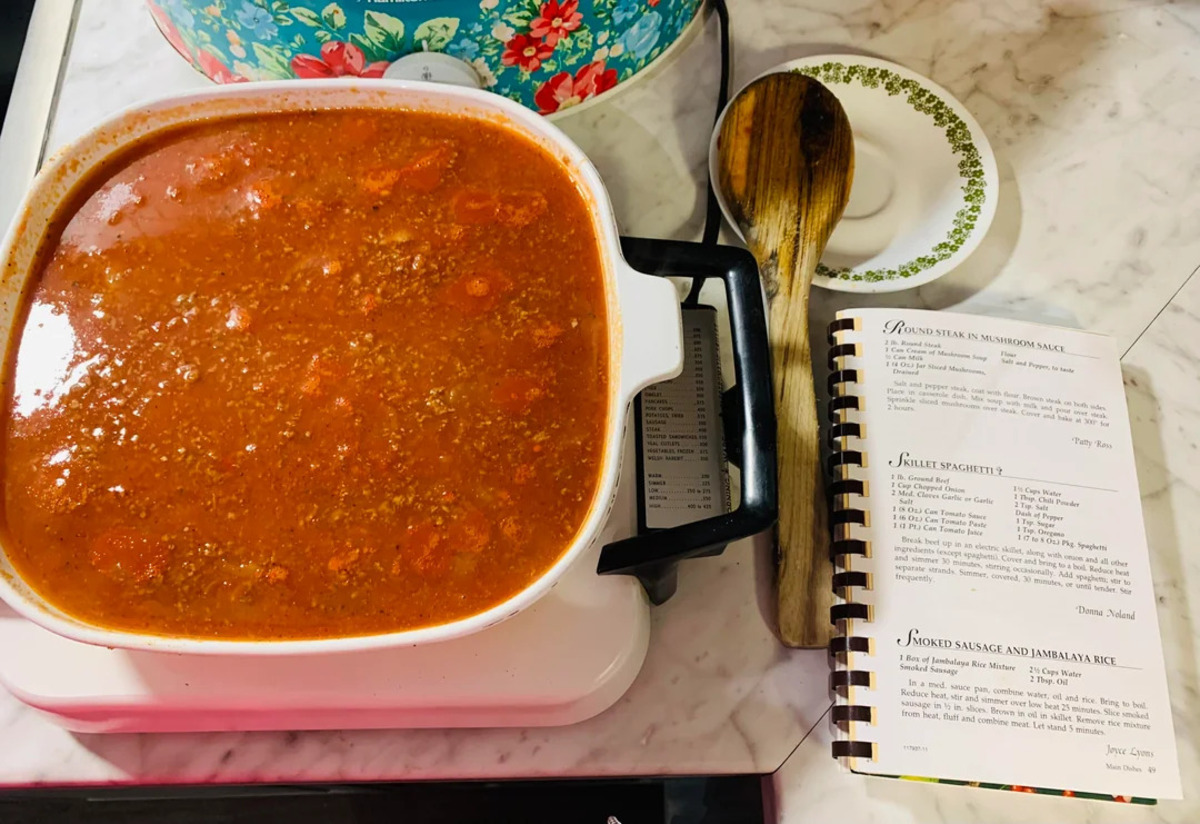
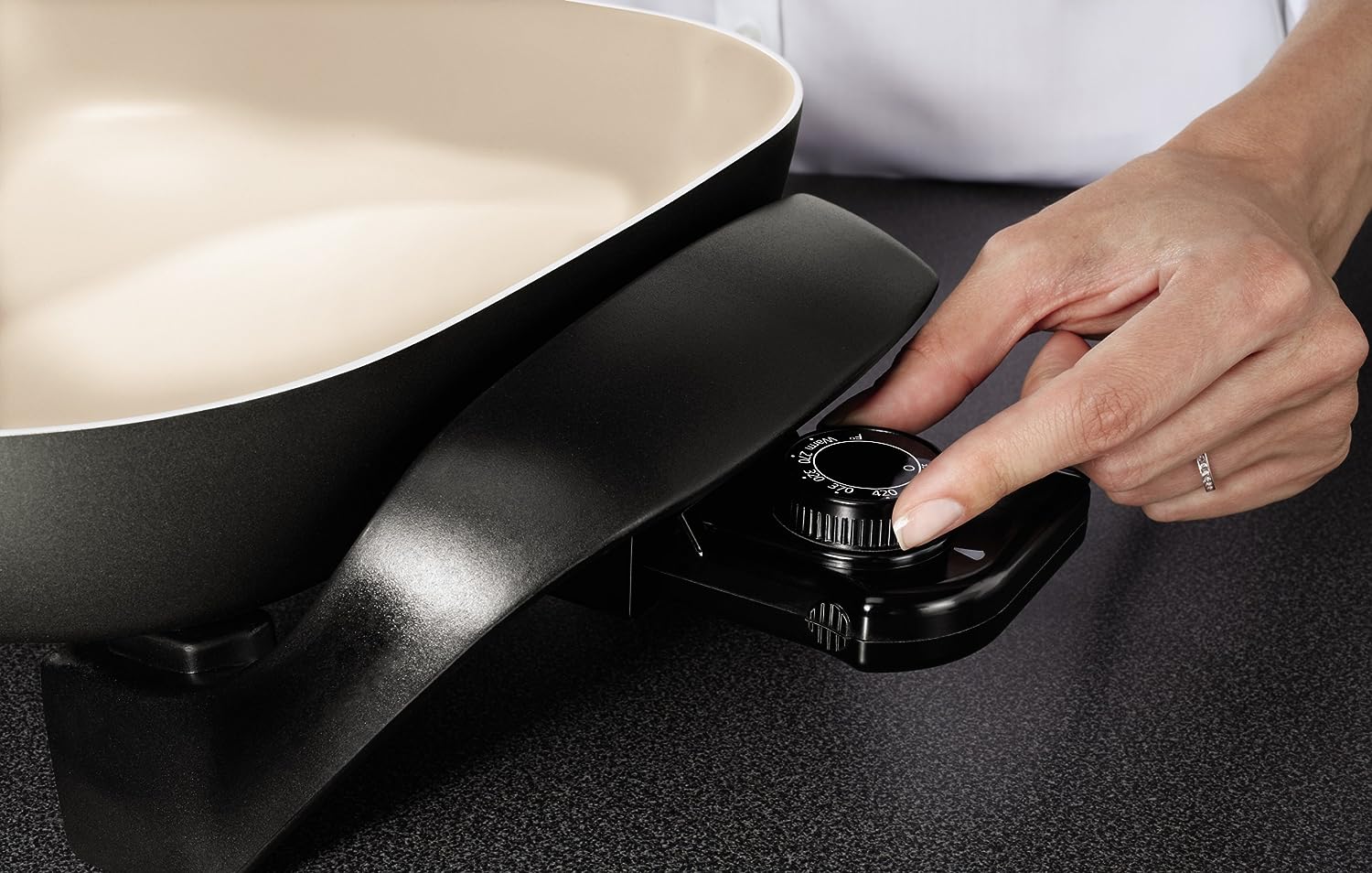
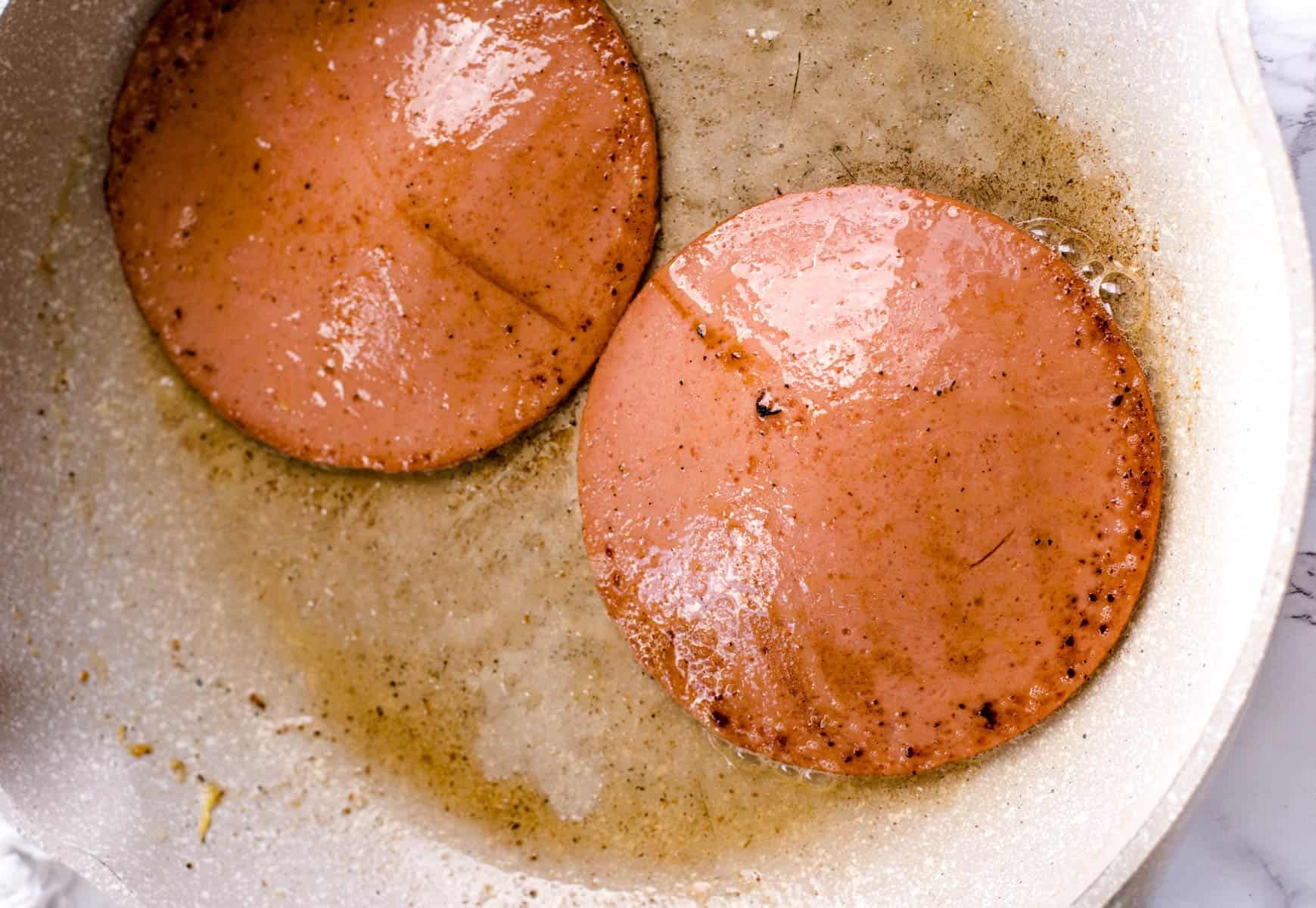
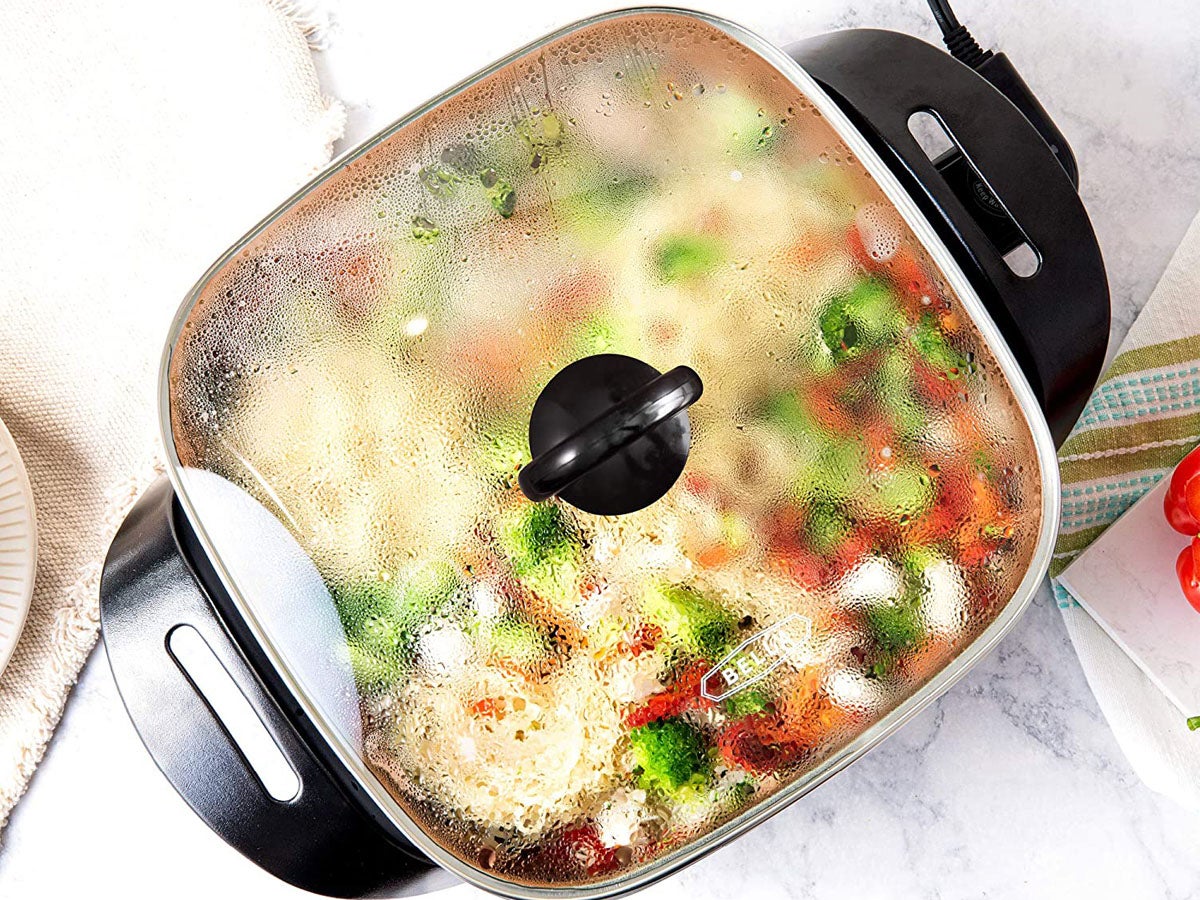
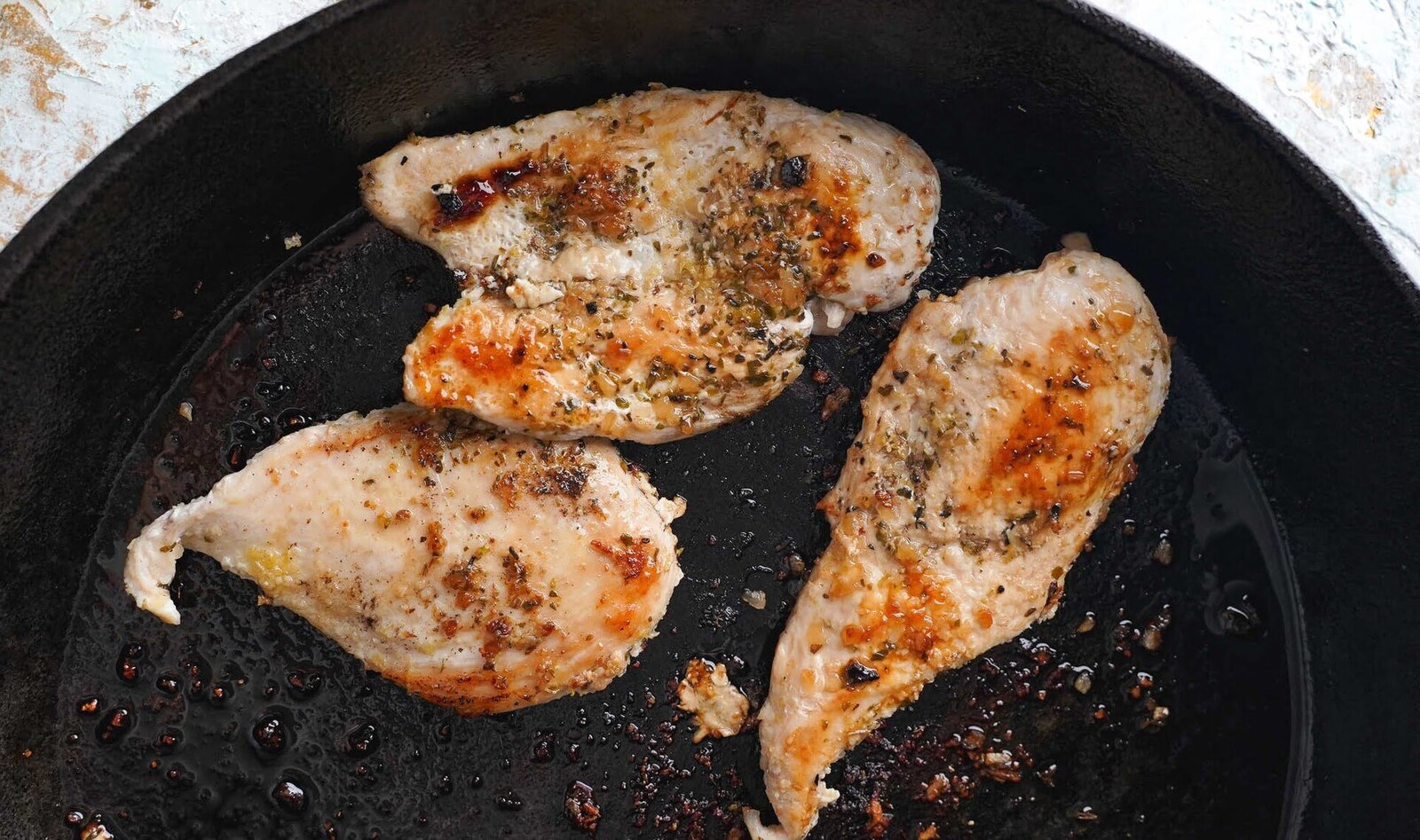

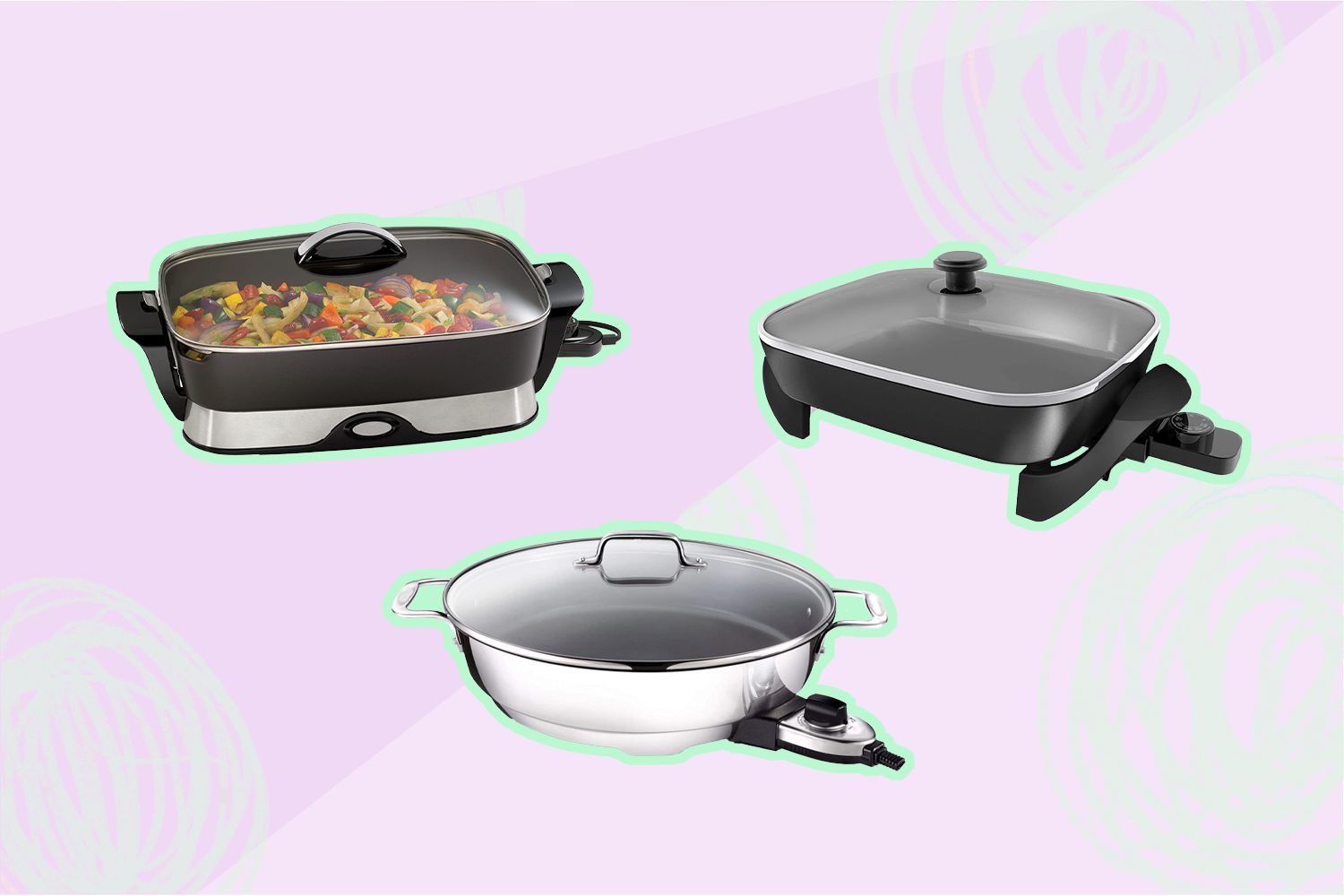
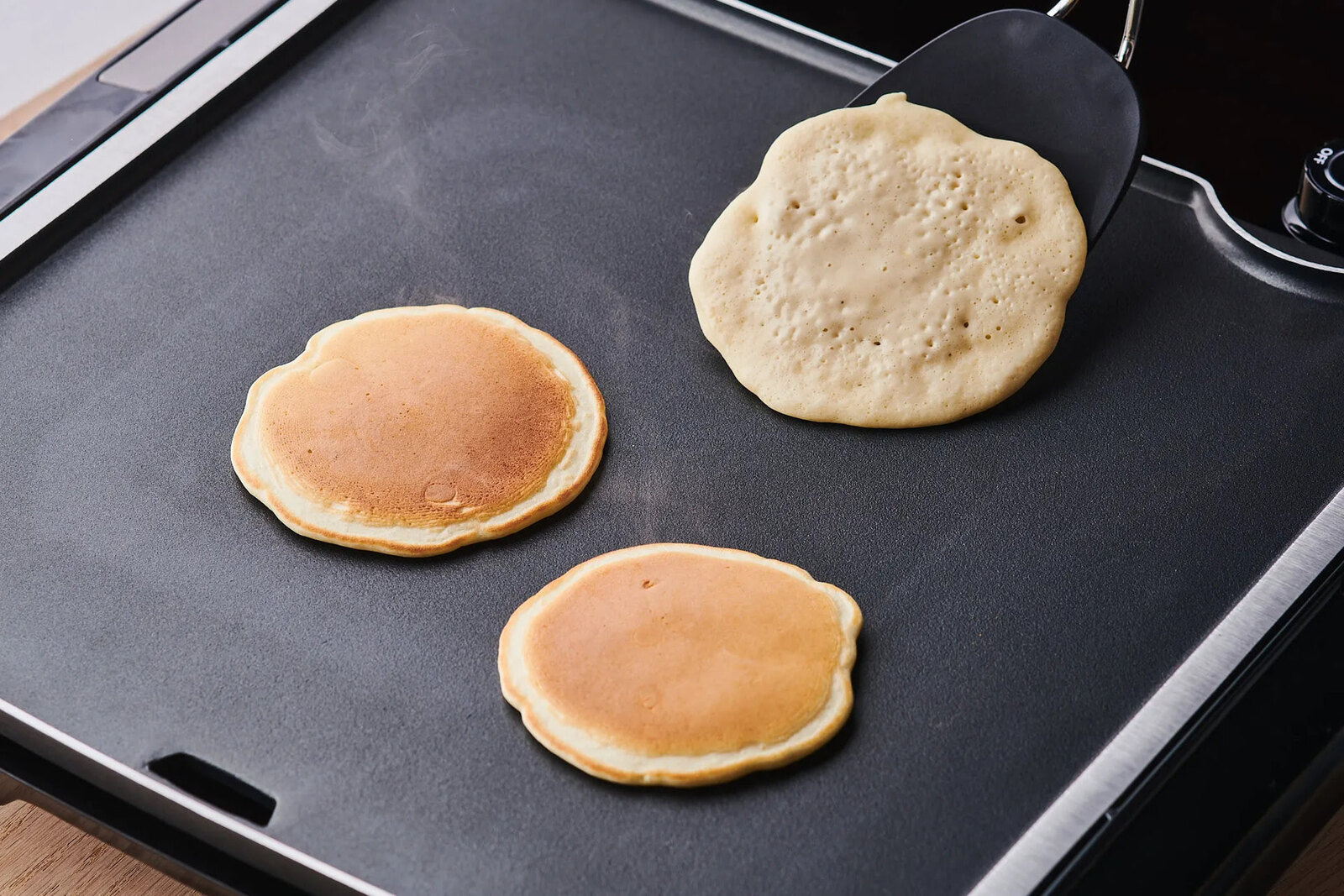
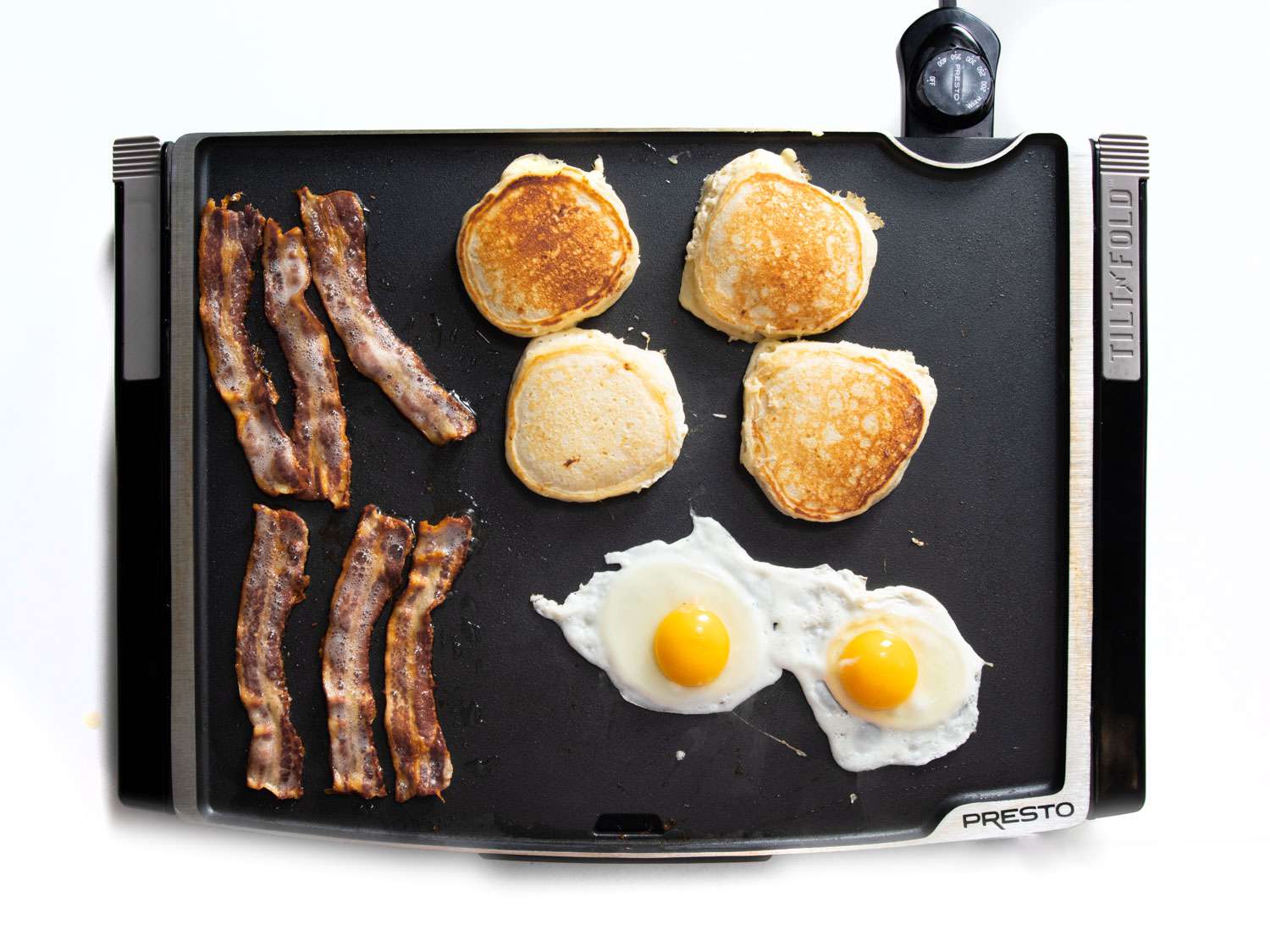
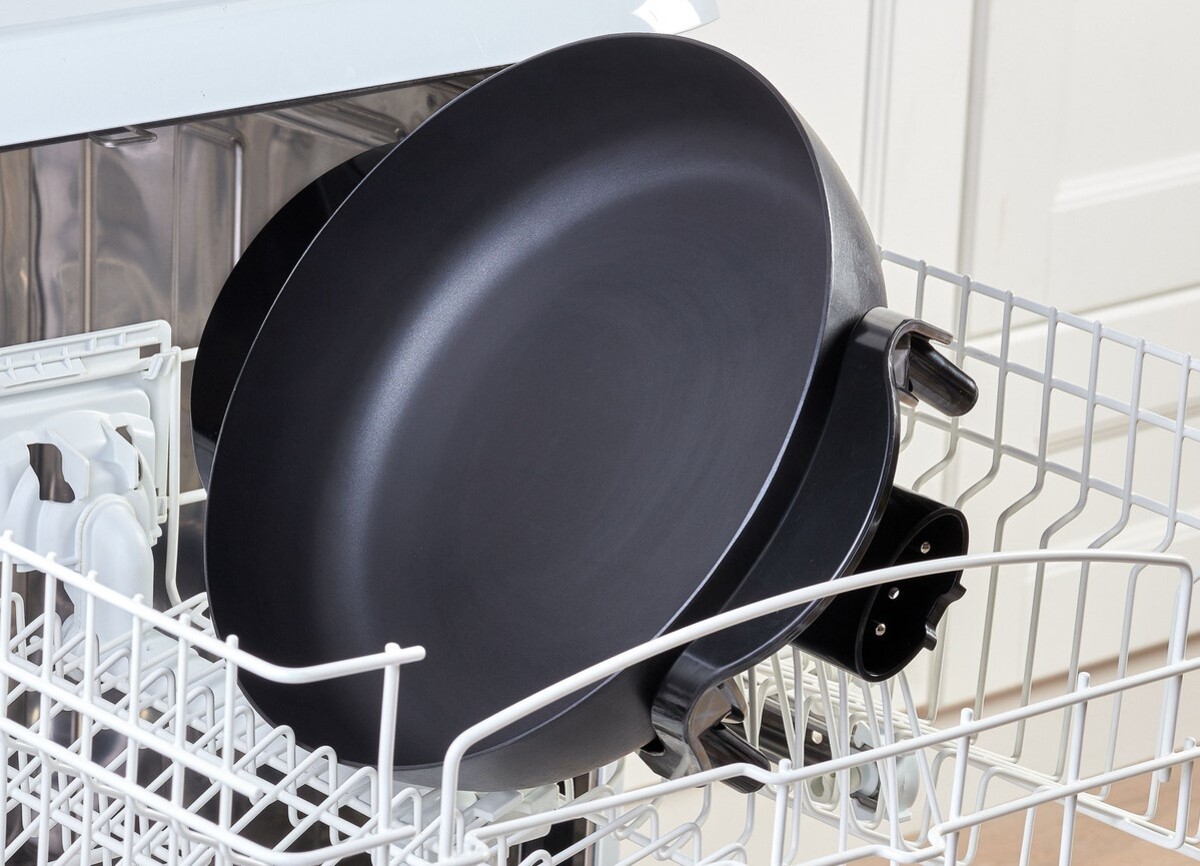


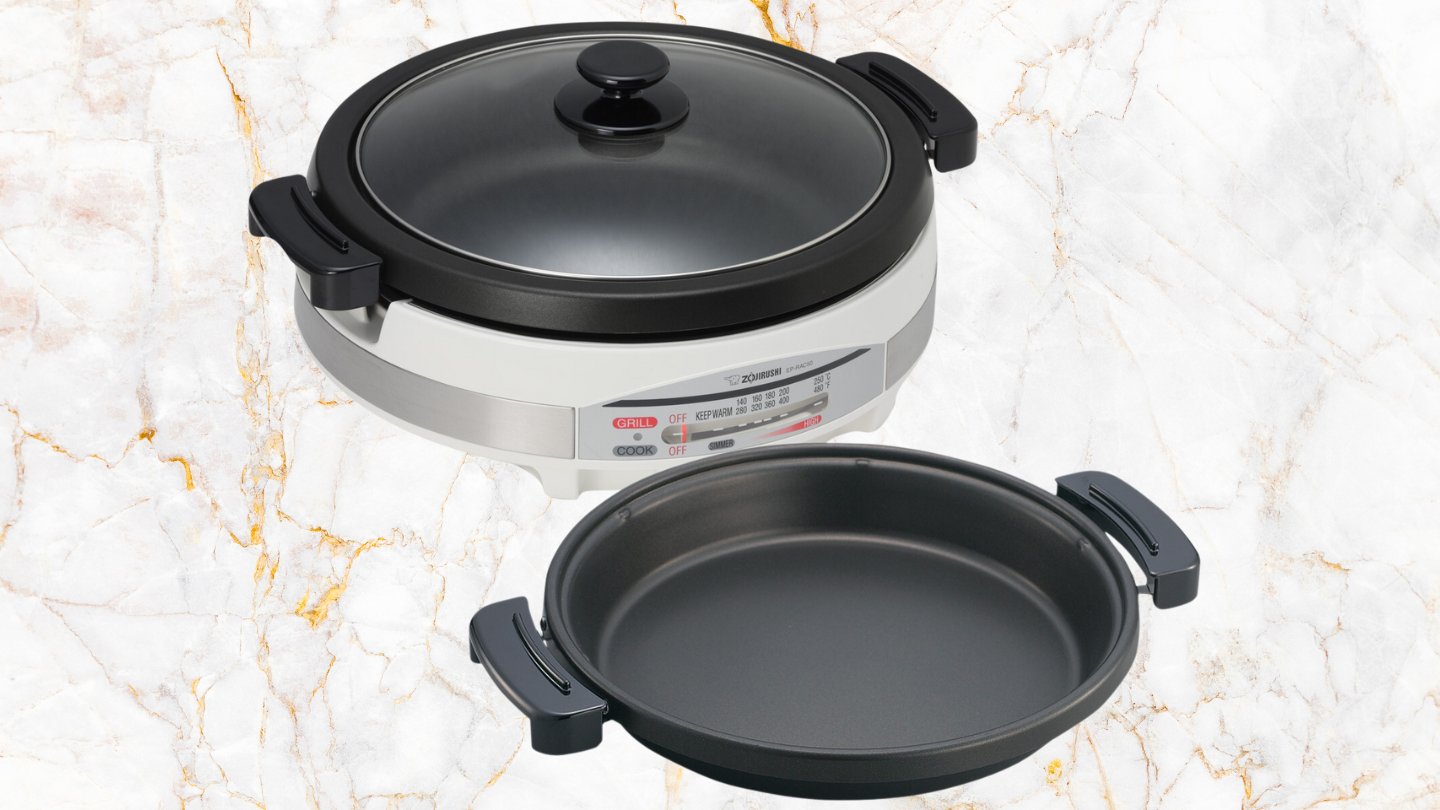
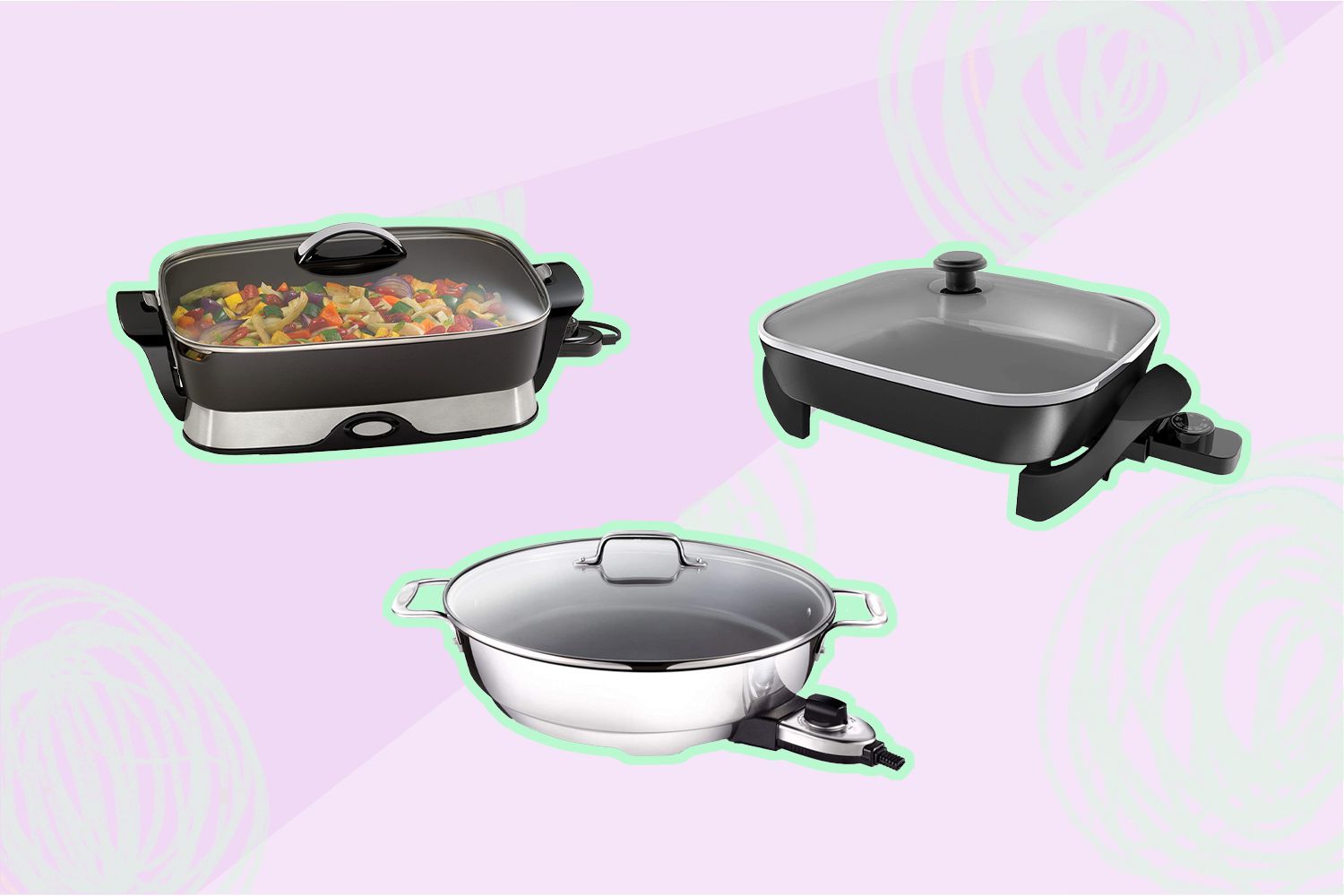
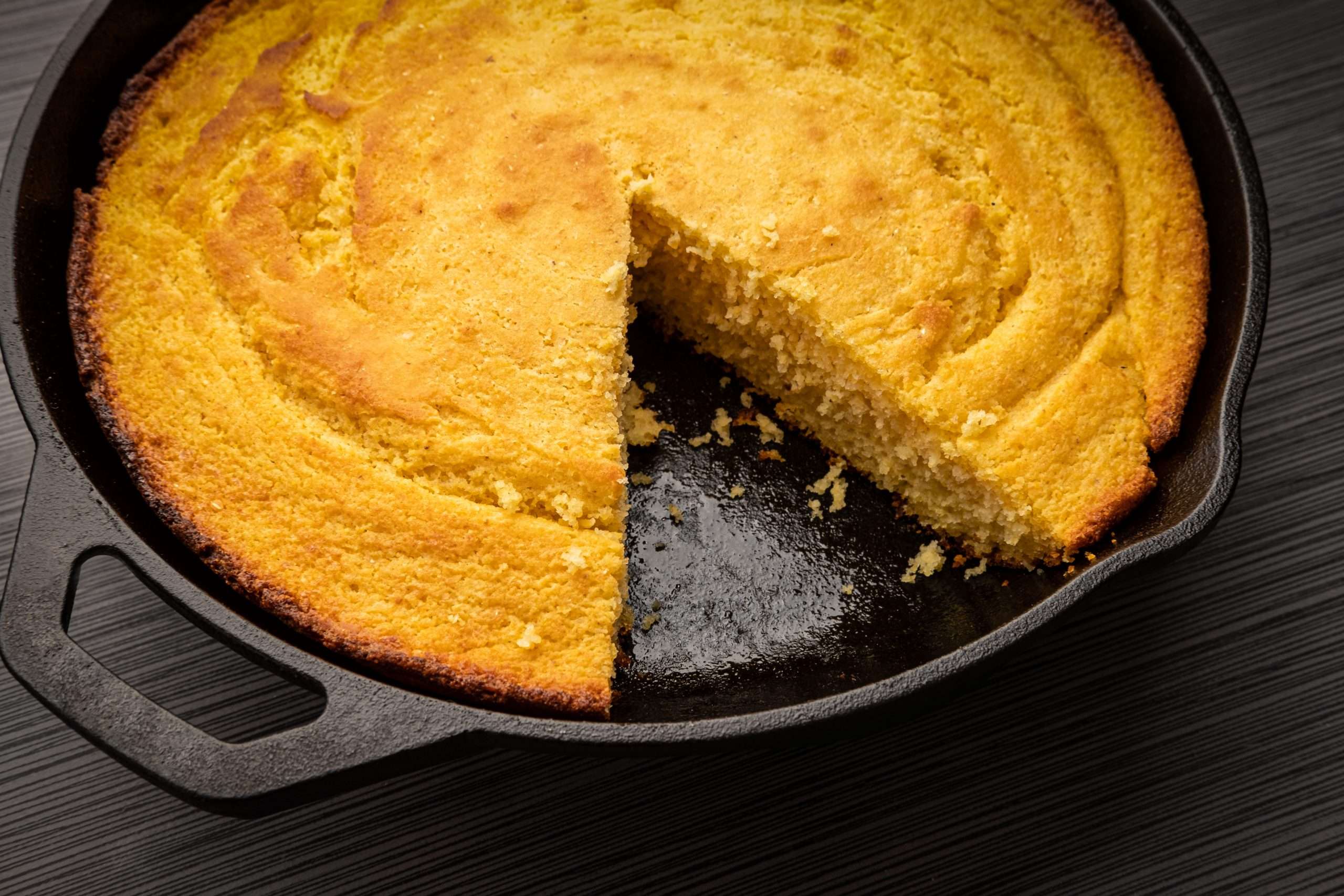

0 thoughts on “Temp Of Electric Skillet When Frying Potato Pancakes”